T4K3.news
Serena Williams GLP-1 endorsement under scrutiny
An editorial look at how her Ro partnership shapes perception of weight loss drugs and celebrity influence.
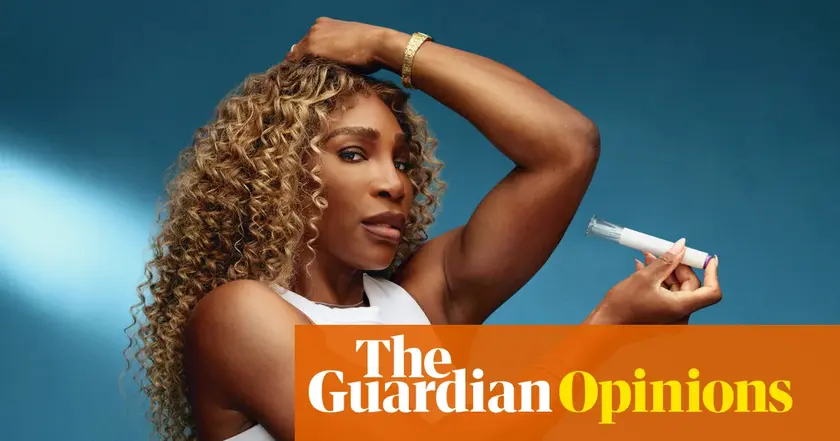
An editorial look at how Serena Williams’s partnership with a telehealth weight loss brand intersects with her trailblazing image and wider health equity concerns.
Serena Williams tests defiant legacy with GLP-1 endorsements
Serena Williams’s weight loss story has become a coordinated media moment tied to a major advertising push. A People magazine feature, plus amplified coverage from Vogue, NBC’s Today show and Elle, frame Williams’s collaboration with Ro, a telehealth company linked to GLP-1 drugs such as Ozempic, Wegovy and Zepbound. The campaign is described as a multi-year effort across billboards, digital platforms and television spots, and it notes that Williams’s husband, Alexis Ohanian, sits on Ro’s board. Williams says the drug is a piece of her health plan rather than a shortcut, while Ro promotes the message that GLP-1s can fit into a busy, active life.
The public response is mixed. Some fans see a venerable athlete leaning into brand partnerships, while others fear the normalization of a drug that is debated for its medical and ethical implications. Critics point to the gap between elite athletic achievement and the broader reach of pharmaceutical marketing, and questions linger about risk disclosures in telehealth campaigns and who ultimately bears the cost of access. The wider trend is clear: celebrities, once seen as symbols of defiance, are increasingly endorsing weight loss therapies in mainstream media, a shift that mirrors a growing market and a changing cultural conversation about body image.
Key Takeaways
"I needed to try something different."
Williams on exploring GLP-1 as part of her health journey, Elle interview
"Sometimes people do absolutely everything, and it doesn’t work."
Williams’s reflection on weight management after childbirth
"After kids, it’s the medicine my body needed."
Ad messaging for Ro featuring Williams
This move sits at the crossroads of influence, health care and social optics. It shows how weight loss becomes a marketable narrative when a beloved icon taps a brand that promises control over body and time. The result is a tension between Williams’s legacy of breaking barriers and a marketing strategy that risks turning medical choices into lifestyle accessories.
The bigger question is about responsibility. When a public figure helps normalize a medical product, who bears the responsibility for informed consent and equitable access? The wealth gap in GLP-1 use is real, and critics argue that glamorizing the drug can widen that gap. Williams’s status amplifies the debate about who gets to speak for health, for whom, and at what cost to public trust in athletes as voices of authenticity.
Highlights
- Icons bend, brands ride the wave of change
- Greatness wears a pill as a badge
- When legends sell the cure the line blurs
- A trailblazer becomes a billboard
GLP-1 endorsements raise public health and political concerns
The partnership blends celebrity influence with medical marketing, raising questions about safety disclosures, access, and the potential to shape public perception of obesity treatment. It also touches on equity issues, as high-cost therapies may not be accessible to all who could benefit.
The test of a legend is how their influence stands when the spotlight shifts from achievement to accountability.
Enjoyed this? Let your friends know!
Related News

Serena Williams sheds 31 pounds with GLP-1 therapy
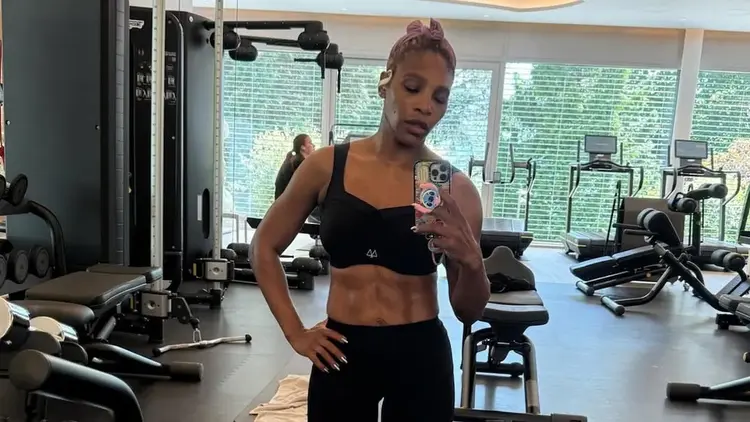
Serena Williams opens up about GLP-1 use
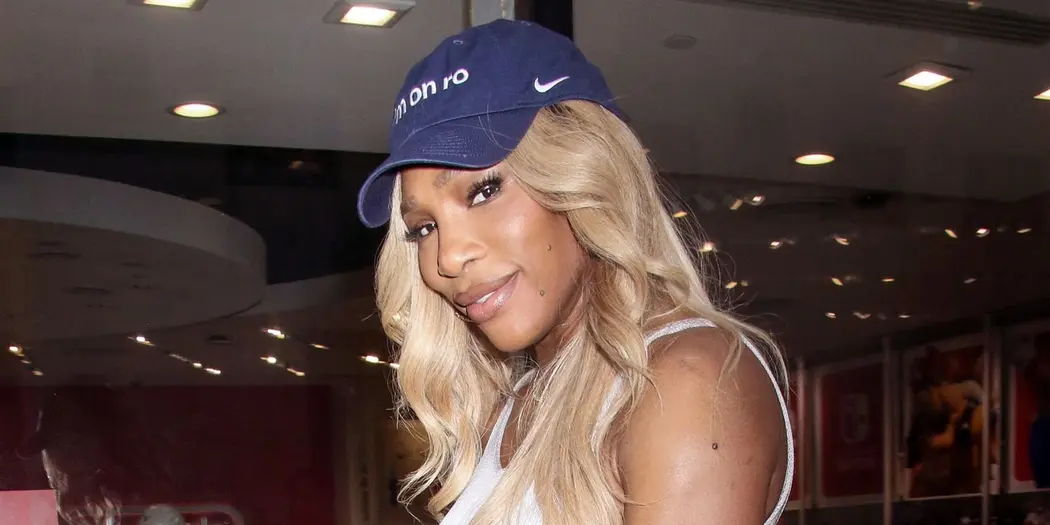
Serena Williams reveals GLP-1 weight loss
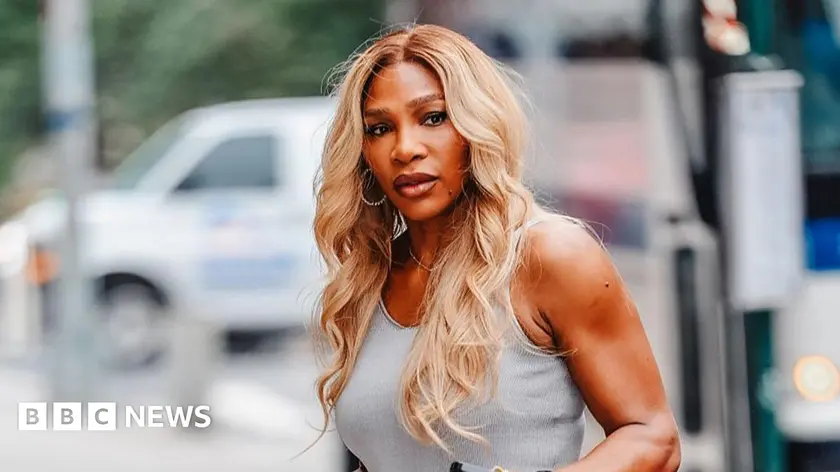
Serena Williams weighs in on weight loss drugs and stigma
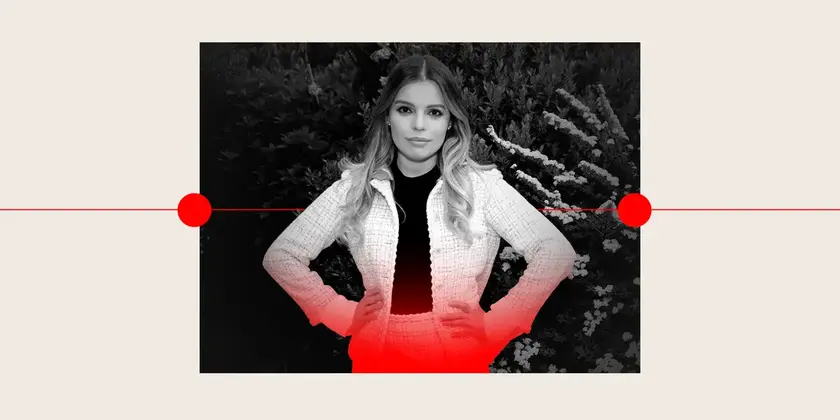
Daniella Pierson's Subscriber Claims Under Investigation

Shrinking Summer tests body positivity

Venus Williams falls in Cincinnati but keeps the comeback alive

Rise in cosmetic surgery linked to Ozempic use
